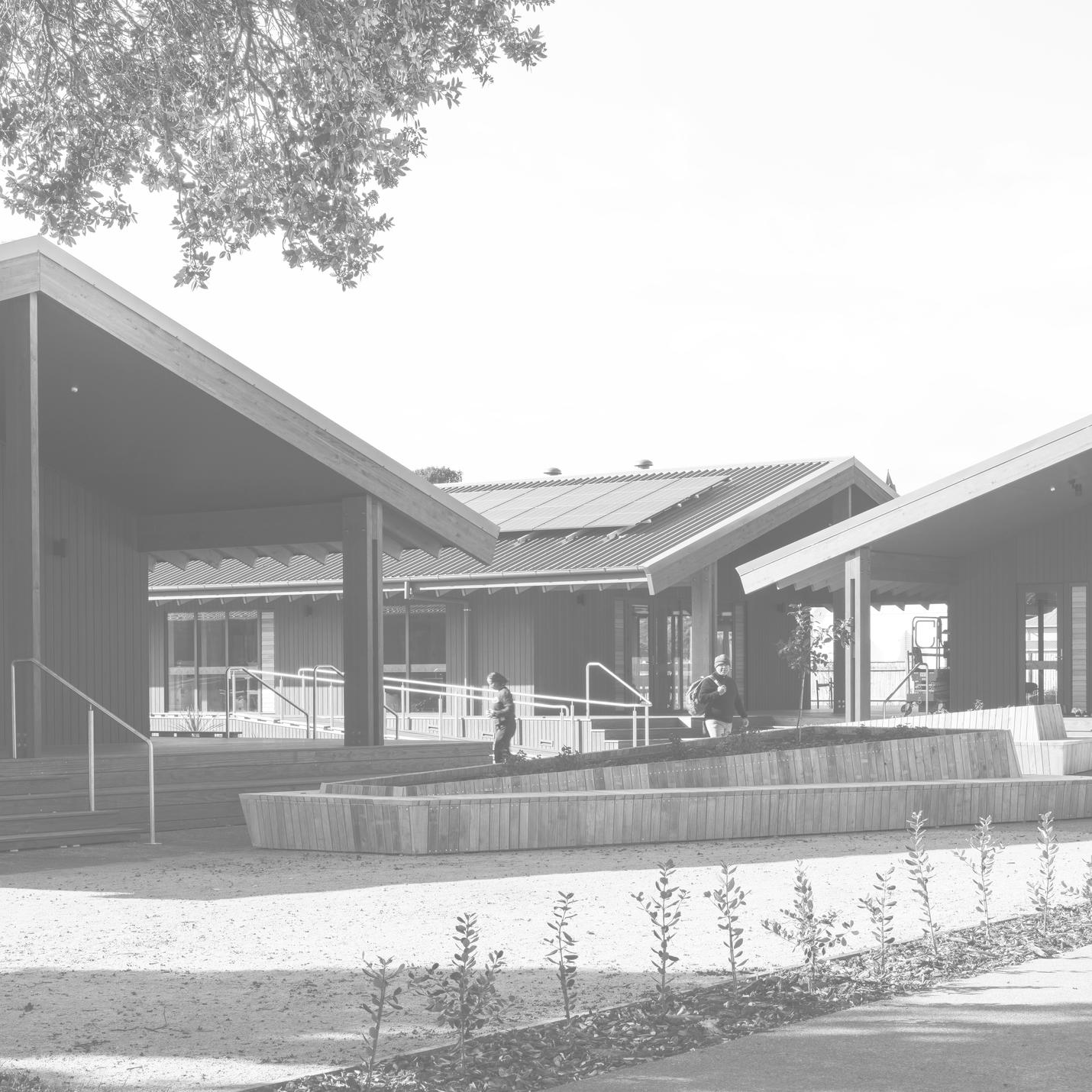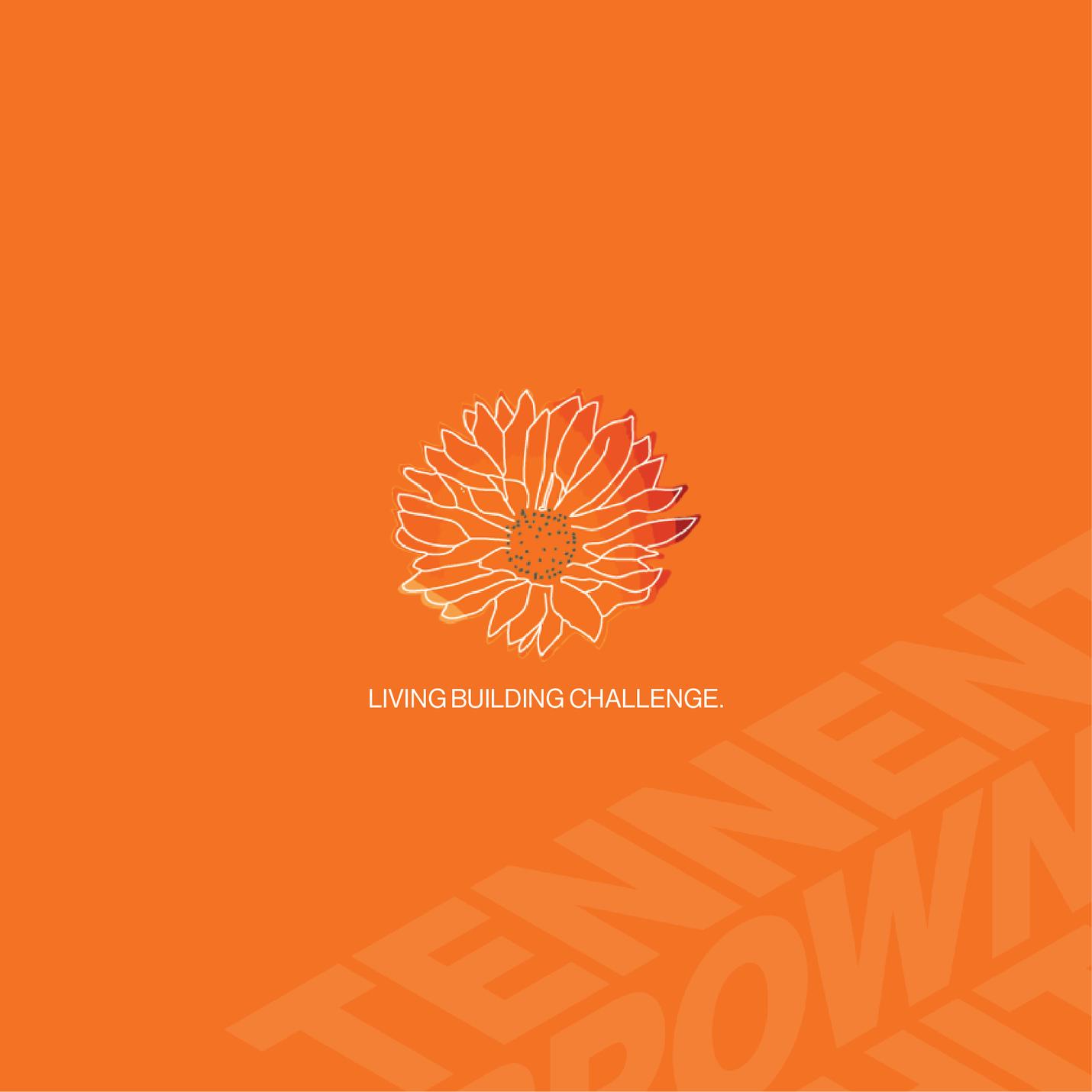The Energy Petal: Empowering Sustainable Design Through Efficient Energy Systems
The Energy Petal of the Living Building Challenge highlights the significance of energy efficiency and renewable energy systems in sustainable design. As architects, we often find ourselves at the forefront of prioritizing efficient energy use, reducing reliance on fossil fuels, and embracing renewable energy sources. By adopting these principles, we can create buildings that minimize their environmental impact while promoting a resilient and regenerative future.
Efficient energy use and passive design strategies are essential considerations within the Energy Petal. Our goal is to incorporate high levels of insulation, high-performance glazing and facades, and optimized building orientation. These measures reduce energy demand by harnessing natural light, ventilation, and thermal mass, lessening the need for heating, cooling, and lighting. The integration of renewable energy systems is a fundamental aspect of the Energy Petal. We are encouraged to incorporate technologies such as solar photovoltaics to generate clean energy on site so we can effectively reduce the carbon footprint of our buildings, contributing to a more sustainable energy future.
The Energy Petal goes beyond energy efficiency by challenging us to achieve net-zero energy or even energy-positive buildings. Net-zero energy buildings generate as much energy as they consume annually, while energy-positive buildings produce an excess of energy. These ambitious goals drive innovation in design and necessitate the adoption of advanced energy systems and technologies. Promoting occupant engagement and education is a crucial element within the Energy Petal. We incorporate energy monitoring systems and display real-time energy usage information to raise awareness and encourage responsible energy consumption. By actively involving building occupants in understanding and managing energy use, we foster a culture of energy conservation.
The Energy Petal of the Living Building Challenge empowers us as architects, to design buildings that prioritize energy efficiency, integrate renewable energy, and promote occupant education. Through the implementation of efficient energy systems and embracing renewable resources, we can create buildings that not only minimize environmental impact but also contribute to a more sustainable and resilient future.

